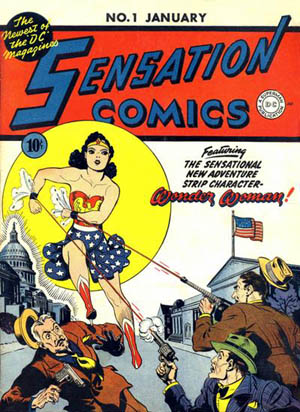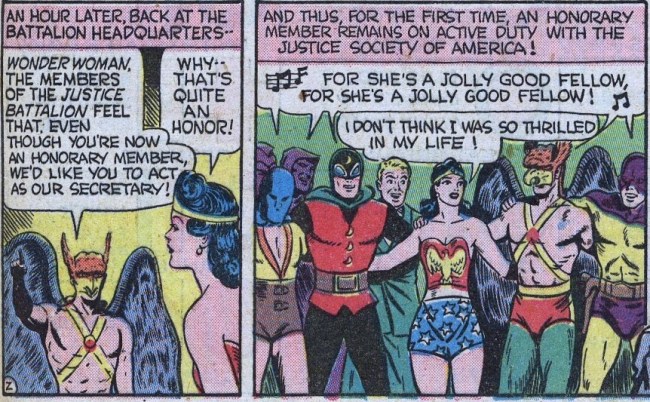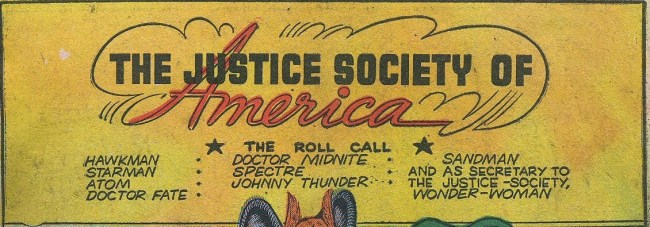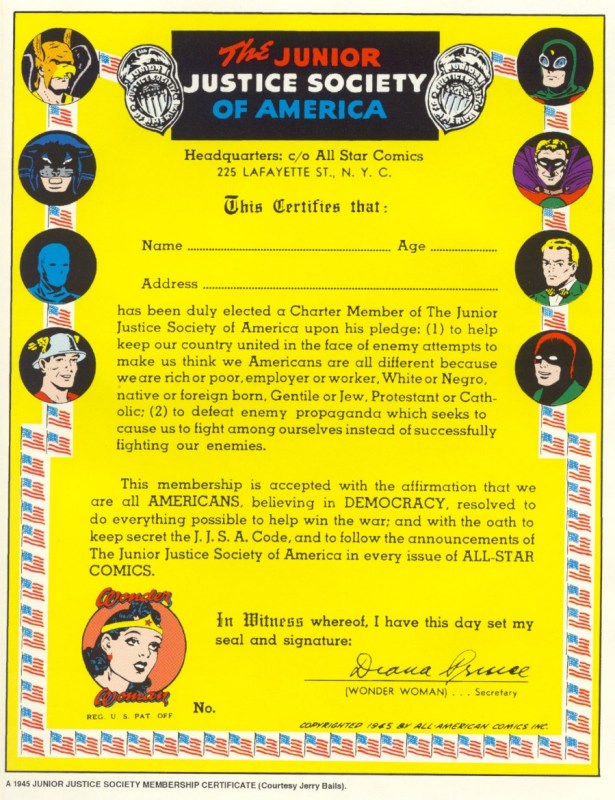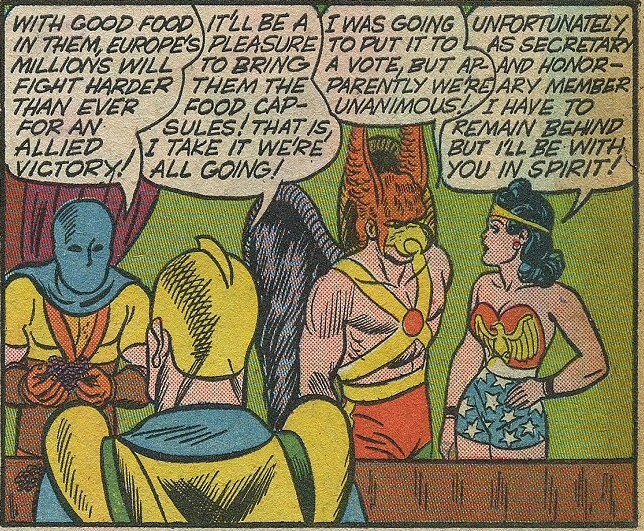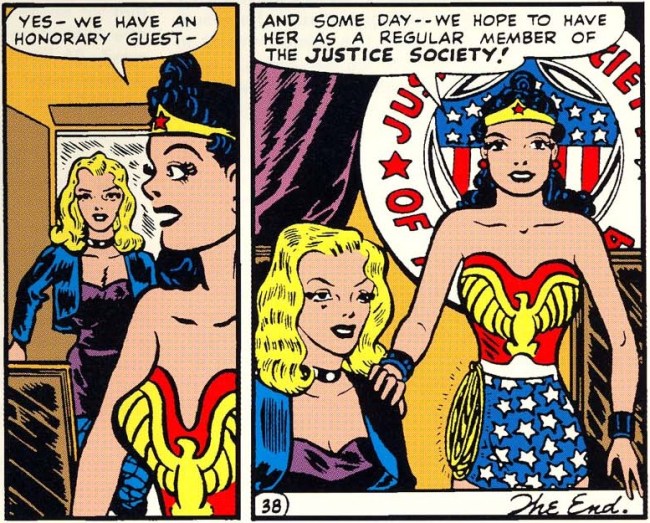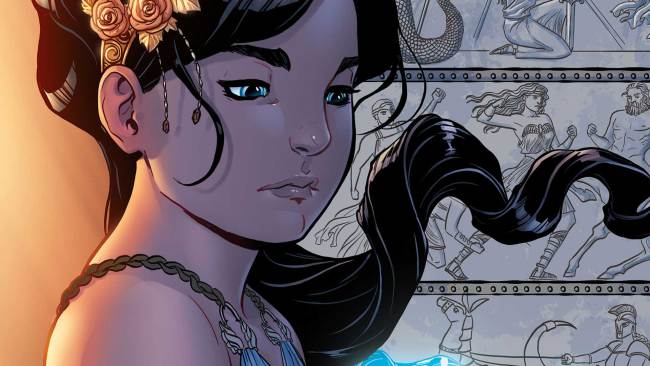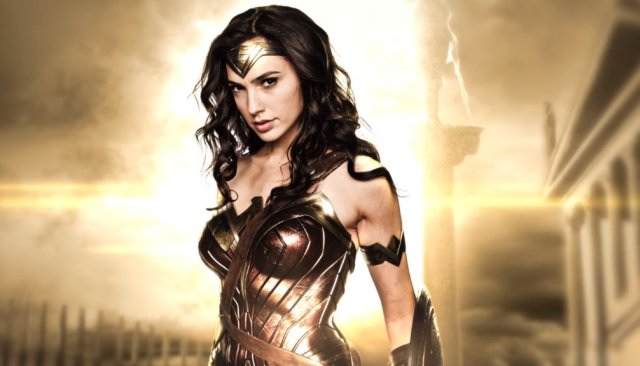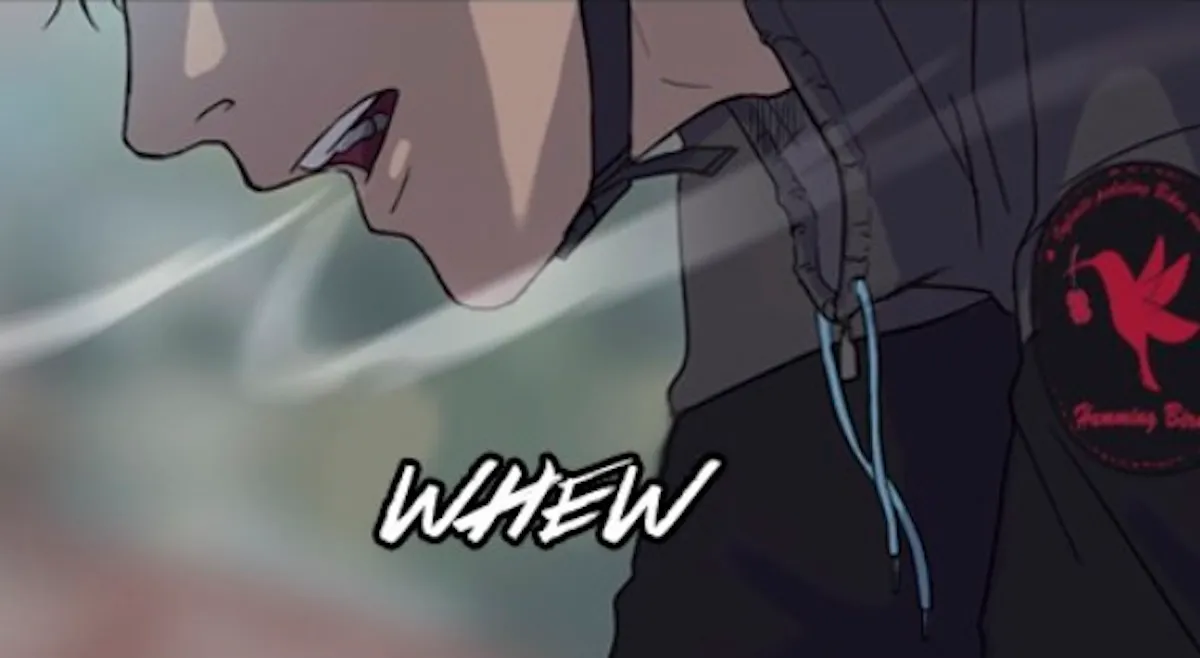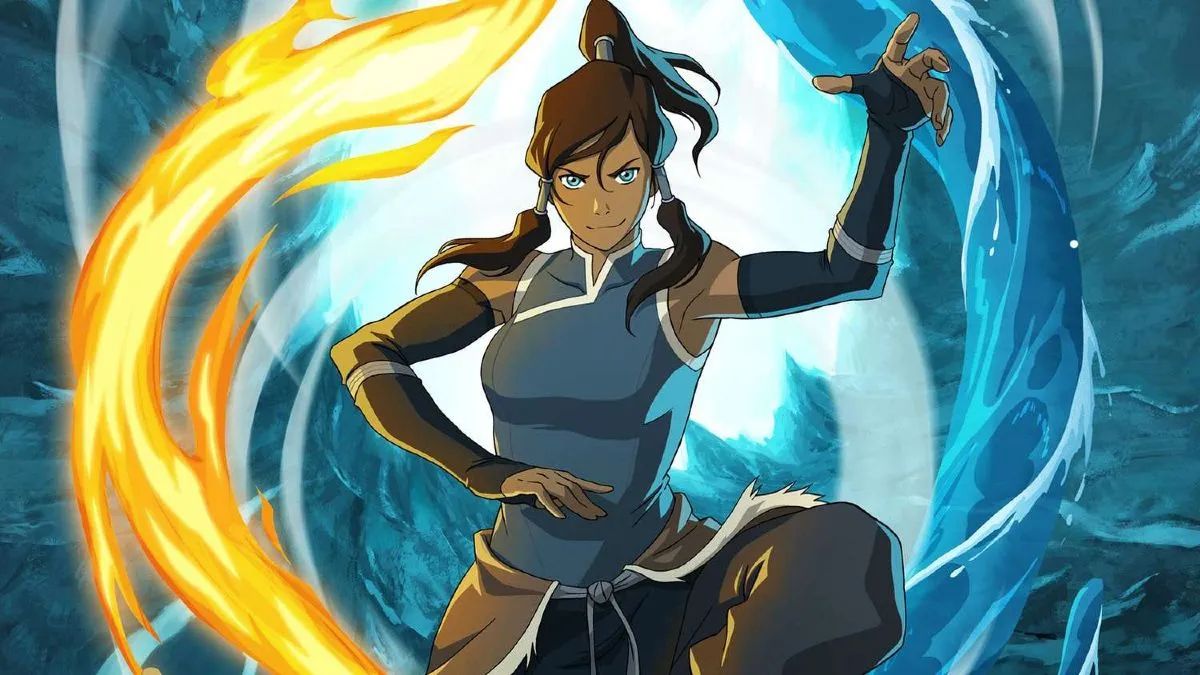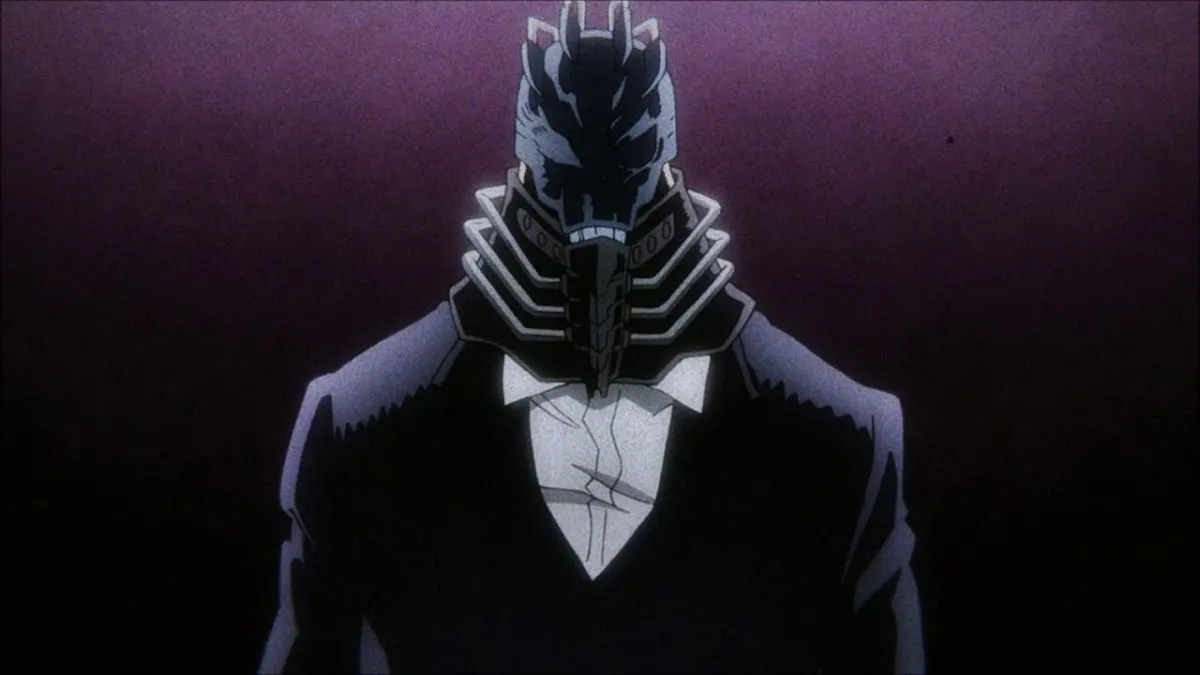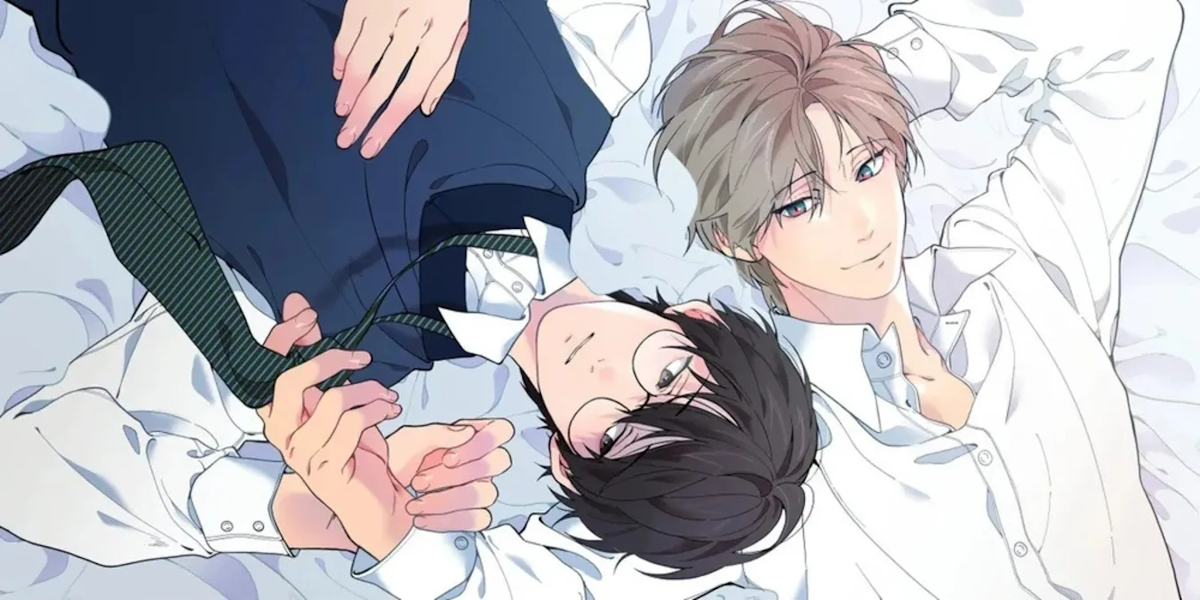“Not even girls want to be girls so long as our feminine archetype lacks force, strength, and power. Not wanting to be girls, they don’t want to be tender, submissive, peace-loving as good women are. Women’s strong qualities have become despised because of their weakness. The obvious remedy is to create a feminine character with all the strength of Superman plus all the allure of a good and beautiful woman.”
– William Moulton Marston, in a 1943 issue of The American Scholar.
Wonder Woman turns 75 this year, and she has evolved a lot in that time: as a character, as a symbol, and as a feminist icon. However, there is one feminist idea that has always survived throughout that evolution — the importance of a balance between the feminine and the masculine, no matter what one’s own gender identity.
The Beginning
William Moulton Marston, who when he created Wonder Woman went by the name Charles Moulton, was hired as an educational consultant for National Periodicals and All-American Publications, two companies that would merge to form DC Comics, after he wrote an article in Family Circle Magazine about how comics weren’t living up to their potential. Comics publisher Max Gaines asked him to create a new superhero for their comics, to fill the void he felt existed with something new.
As he pondered a character, he knew that he wanted his hero to embrace love over violence, and to value peace over war. It was the wonder women in his own life who encouraged him to make the character female. A 2001 article in Bostonia, the alumni quarterly of Boston University, talks about how their distinguished law alumna, Elizabeth Marston (Class of 1918), was responsible for sparking the initial inspiration. As William discussed with her the fact that he wanted to create a new kind of superhero, Elizabeth reportedly said, “Fine, but make her a woman.”
That was the key he needed to create one of comics’ greatest icons along with artist (and fellow feminist ally) H.G. Peter. However, there’s something intriguing in the fact that creating a female hero wasn’t Marston’s first thought.
On the one hand, we know that he valued independent, educated, and unconventional women. Elizabeth was a scholar and working woman (and working mother) at a time when it was very unusual for a woman to have one college degree, let alone three as she did (in law and psychology). Even more unconventional was their relationship with another woman, Olive Byrne, with whom they lived in a polyamorous relationship, and for whom Elizabeth was often the primary breadwinner as Marston pursued comics and Byrne stayed home with Elizabeth’s children and her own. What’s more, Marston actively wrote about, spoke, and promoted the women’s suffrage movement and supported early 20th Century feminism (fun fact: he was also related to birth control activists Margaret Sanger and Ethel Byrne). So, it’s surprising that, given all this, he didn’t arrive at creating a female hero to change the face of comics on his own.
On the other hand, it’s interesting that he was considering creating a male character that valued things and possessed qualities that were generally deemed “feminine.” Interesting that he saw lack of those qualities as a flaw in characters like Superman who, even though he’s an upstanding, moral individual at the time would never have gone on about love’s ability to triumph over hate (because Real Men don’t talk about love, or some such bullshit). It’s here that I see just how much the idea of gender balance mattered to Marston and not only informed his feminism, but was baked into the DNA of Wonder Woman. Though Marston once wrote, “Wonder Woman is psychological propaganda for the new type of woman who should, I believe, rule the world,” given the way he lived and the ideals he supported, he was also attempting to carve out a place for a new type of man, one who could “value what women value” and still be considered men.
I’m forced to wonder (pun halfway intended) what it might have been like if Marston, rather than creating a “feminine character with all the strength of Superman plus all the allure of a good and beautiful woman,” as he said in the quote above, instead had created a masculine character with all the strength of Superman plus all the allure of a good and beautiful woman. Or for that matter, a feminine character with all the strength of Superman plus all the allure of a good and beautiful man. I can feel resistance in my fingers just typing those descriptions out, and yet I can’t help but think about the fact that, while the world and the early feminist movements were ready for a character like Wonder Woman, they’re still not entirely ready for a “reverse” character to be true. A male hero who finds strength and power in the feminine.
But one thing at a time. I don’t want anybody having an aneurysm.
Wonder Woman’s Most Un-feminist portrayal
Wonder Woman first appeared in All-Star Comics #8, a team book featuring a proto-Justice League called the Justice Society of America. She quickly became an honorary member of the Justice Society, and by Issue #13 had impressed the team so much as she fought by their side that even though she was “now an honorary member,” they gave her an officer position on the team. Her being a woman, they of course made her Secretary, a role she was attached to for years.
Now, a secretary for a membership organization is not exactly the same thing as an office secretary. Still, the fact is that, Wonder Woman was made the secretary, but it’s not as if there was a Treasurer, a Vice President, or a president. Check out how she and her new role were referred to in Issue #14:
Even more marginalizing was this letter that appeared in issues of All-Star Comics for years, emphasizing Wonder Woman’s role as secretary while simultaneously alienating female readers (which there were, even then):
Check that sexy use of the phrase “upon his pledge” for new members, and that the ways in which we are “all different” are limited to class, race, nationality, and religion, but there’s no mention of gender. From Wonder Woman. Pretty frustrating, I agree.
However, all of this is apparently not Marston’s fault. Well, it kind of is, but not in the way you’d think. According to author Tim Hanley’s Wonder Woman/Lois Lane site, Straitened Circumstances, Wonder Woman’s early history was unfeminist by accident. You see, Marston wasn’t happy with the way another male creator wrote Wonder Woman, and so he insisted on being the only person to write her for years. Wonder Woman was already proving a popular character in the 1940s in her own, eponymous solo series, Sensation Comics, and Comics Cavalcade, all of which were handled by Marston and Peter. They were busy. So, while they contributed Wonder Woman stories to All-Star Comics over the years, Wonder Woman was usually included only briefly and constantly told to stay behind while the team was having adventures:
So, it turns out that the only time in Wonder Woman’s history when she was actively marginalized was a time when her creator was basically holding her hostage. Granted, he had reason to believe that other creators might not adhere to the feminist ideals he intended to explore through this character. However, how she was handled immediately after Marston got sick and eventually passed away in 1947 shows that other creators were more than capable of picking up what Marston and Peter were throwing down in their other Wonder Woman titles.
She was not only given a more active role in the Justice Society after Marston’s death (once other writers were free to write her in All-Star Comics), but she was also responsible for bringing another woman onto the team in Issue #38:
Sisters helping sisters, amirite? Despite not having been written by Marston, this move shows that he wasn’t the only one who thought it important that Wonder Woman not just try to be “one of the guys,” but embrace the feminine qualities and the sisterhood she came to value growing up on Paradise Island (later Themyscira) as an Amazon. Despite not mentioning gender as an axis of difference in her “secretarial membership letter” above, they show-not-tell by her bringing another worthy woman onto the team.
In his piece, Hanley says, “Unfortunately, by the time Wonder Woman was able to do more in the Justice Society, All-Star Comics wasn’t long for the world. The book was cancelled in 1951, and Wonder Woman was the only character whose solo series survived. It would be more than a decade before most of the Justice Society would again appear in comics, but Wonder Woman stayed in print the entire time.”
Throughout the various changes to her character in the comics — the variations on her origin (she was born from clay, she’s a god’s daughter), the changes to her costume (she wears shorts, she wears a skirt, she wears pants) — she has always remained true to that careful balance between feminine and masculine, between peace and war that Marston thought so important.
Wonder Woman’s Dissatisfaction: Something’s Missing
The importance of gender balance in ultimately achieving gender equality in the world is demonstrated not only in the personality of Wonder Woman herself, but in the choices she makes and the actions she takes. No matter her origin story, they all have a couple of things in common.
First, she is generally dissatisfied with life on Paradise Island/Themyscira. As much as she loves the Amazons and as much as her mother Hippolyta has trained her to value what they value, she usually feels as though something’s missing. Sometimes this manifests itself in her fascination with Steve Trevor, and she follows and protects him, knowing in her heart that there are men who are capable of not being violent and of valuing women and their lives. Other times, as is the case in the recent The Legend of Wonder Woman by Renae de Liz, Themyscira itself speaks to Diana, giving validity to her growing feelings of unease with The Way Things Are.
Because women oppressing themselves in the name of gender equality is not much better than being oppressed by men.
In the 1970s Wonder Woman television show, with Lynda Carter starring in the titular role, it’s pure curiosity that prompts Diana to care for Steve Trevor, and a burgeoning, inexplicable (to her) attraction to him. Some may balk and think it a weakness that sexual attraction has a large part in Wonder Woman’s story, but a woman’s sexual drive and how it’s treated is something that is equally worth discussing when talking about a woman’s agency and equality. In the show’s pilot, Hippolyta seems to be of the mind that Diana is falling into a trap by allowing her growing fascination with Steve to affect her judgement, continually citing how brutal and savage men are and emphasizing what they’ve done to the world.
Diana doesn’t buy it. The fact that Steve’s mission is to fight the Nazis, a group devoted to world domination and oppressing others, leads her to believe that if this man thinks that way, that others must, too. And if they do that, there must be a way to teach them how to better value women, peace, and love. Later, when she safely transports Steve back home, she quickly learns that not only do men think little of women, but that even some women are complicit in upholding a sexist society.
For example, Steve’s civilian secretary (and sort-of love interest) Marcia is actually a Nazi spy, who almost gets away with sabotaging the US military, because Steve is 1) attracted to her, and 2) underestimates her because she’s a woman who was really good at playing naive. When Wonder Woman confronts Marcia, they have an actual “superhero fight” (Marcia was apparently a judo champion), and as Wonder Woman ties her up with her lasso and goes to save Steve, she realizes that men need to stop underestimating women, and women need to stop using or playing a sexist system, which only underserves their own interests.
After that entire ordeal, Wonder Woman says, “I’m going to have to get accustomed to men…and devious women.” It’s interesting that she acts as though this is her first encounter with devious women when her own mother was presenting her with a one-sided view of men, and she herself employed deception to win the athletic competition to get to escort Steve Trevor home. Still, it was an important distinction in this moment, because we had a clear example of a woman’s deception serving the very thing keeping her down. After all, it’s not like the Nazis were woman-friendly as they basically used them for breeding stock, impregnating them with the children of their Aryan “supermen.”
In the following episode, when they fail to redeem Baroness Von Gunther from her Nazi agenda, Wonder Woman refuses to give up on her, or on anyone. Dressed as Diana Prince, she says to Steve, “where I was raised, we were taught that good must triumph over evil, and that women — and men — can learn.”
Wonder Woman comes from a society consisting entirely of women. That is all she grew up knowing. And granted, when she has to correct herself to include men in that line, it seemingly shows that this Wonder Woman is still a little skeptical about men’s abilities. However, she could also be correcting herself from parroting something she was taught to believe on Paradise Island. After all, she went to great lengths to get to “Man’s World” because she believed that change was possible.
The Future of Wonder Woman
I am so excited to see Gal Gadot play Wonder Woman in the upcoming Wonder Woman film, as I was completely won over by her in the part in Batman v Superman, and I think that in her, we continue to see the inherent gender balance of the character. Gal Gadot’s Wonder Woman clearly values her femininity and womanhood, but is not in any way intimidated by fighting alongside or against men in battle.
As far as an outward gender balance, in a film that did more things wrong than right, one of the things I thought that Batman v Superman got right is including both Wonder Woman and Lois Lane to save the day. The men couldn’t do it by themselves. Hell, the men were the problem. But by including these two women, each powerful in their own ways, the day got saved with a combination of force and compassion. Each of those things must temper the other in order to achieve the brighter, more equal future we seek.
Wonder Woman remains a feminist icon 75 years after her creation, because she symbolizes the idea that balance is the key to equality. We should all embrace the masculine and the feminine inside us. If we do that, we can eventually get to the place where personality traits and ways of being aren’t gendered at all, where words like “aggressive,” “ambtious,” “peaceful,” and “nurturing” won’t conjure ideas of gender at all. They’ll simply be Things a Person Can Be.
Here’s to 75 more years of Wonder Woman teaching us this lesson as often as we need to learn it.
(all images via DC Entertainment/DC Comics/Warner Bros.)
Want more stories like this? Become a subscriber and support the site!
—The Mary Sue has a strict comment policy that forbids, but is not limited to, personal insults toward anyone, hate speech, and trolling.—
Follow The Mary Sue on Twitter, Facebook, Tumblr, Pinterest, & Google+.




